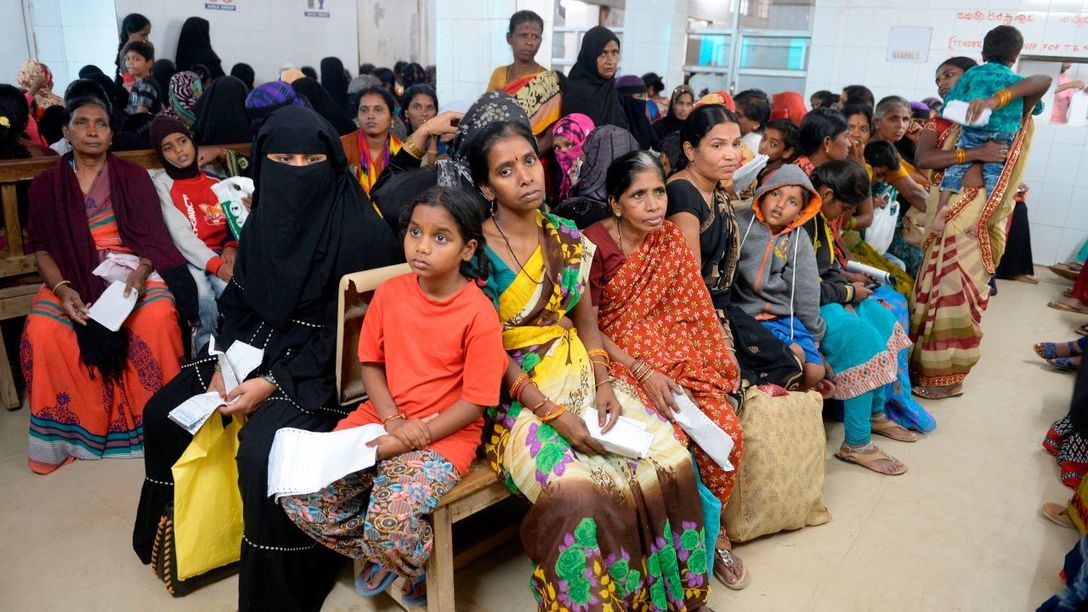From the EU parliamentary elections in May to the coming Swiss national elections on Sunday, Green parties are emerging as unlikely political winners, gaining dramatically — often at the cost of far-right parties that have in recent years been on the rise. Ireland sent its first Green representatives to the European Parliament this year while other countries saw advances of up to 30 percent in vote shares for Green candidates.
In September, Austria’s Greens gained more than a 10 percent increase in vote support, giving them 26 seats in Parliament where they had none earlier. They’re now the third strongest party and a contender for coalition talks with winner Sebastian Kurz’s Austrian People’s Party (ÖVP). The right wing Freedom Party of Austria (FPÖ) dropped 20 seats in the elections.
IT’S A COUNTERMOVEMENT TO THE POPULISTS AND THE NATIONALISTS.
JOACHIM BLATTER, POLITICAL SCIENCE PROFESSOR
On Oct. 20, the two Green parties in Switzerland are set to see the biggest gains in a national election. The Green Party and the center-left Green Liberal Party are together up 5 percent in the latest polls. That doesn’t seem like much, but in the Alpine country where sentiment moves at a glacial pace, it’s a lot. The far-right Swiss People’s Party, which reached a historic high of 40 percent of the votes in the previous election, is now polling at 25 percent.
And the historically conservative German state of Baden-Württemberg is now ruled by Green politician Winfred Kretschmann, who oversees a coalition with the center-conservative party of Chancellor Angela Merkel. Experts say that in giving Greens a push in Central Europe, voters are venting their frustration with centrist parties that have done little for the environment and simultaneously sending a counter-message to nationalists and populists who have dominated the last decade.
Sourced through Scoop.it from: www.ozy.com



Leave A Comment